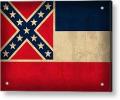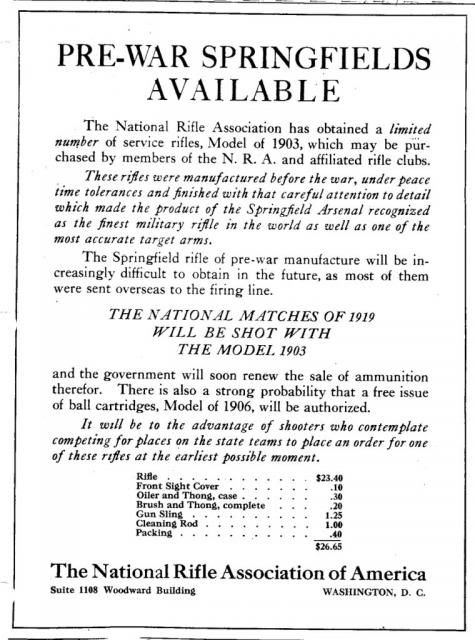

Originally Posted by
jgaynor

The copper fouling from the cupronickle jackets tended to build up in the bore where it was a problem for competitiive shooters to remove. The tin plated bullets had a tendency to react with the brass case effectively soldering the bullet to the case. This prevented the bullet from moving at the moment of discharge and resulted in a pressure spike when chamber pressures were the highest.
...
They thought bullets soldering themselves to the case caused high pressure, but in reality the shooters were still using grease on the bullets.
From the little used home page, our site's founder on the subject.
http://www.jouster.com/sea_stories/w...ed_history.pdf
"
Just when the problem of the lumpy metal fouling seemed to be solved, a new problem
surfaced with the tin plating. When a new lot of ammunition is produced, it is usually put
under the microscope and carefully examined for any abnormalities. While checking the
weight of the powder charges, it was necessary to pull a few bullets. Normal bullets pull at
around 50 - 60 pounds of exerted pressure, but these puppies proved almost impossible to
pull using normal methods. The effort necessary to pull the new bullets ran from between 300
to 600 pounds! Needless to say, this would raise the chamber pressure to disastrous limits.
Actual firing of the ammunition however, showed normal chamber pressures. It was finally
decided that the bullets were "cold soldering" themselves into the neck of the cartridge cases.
This unexpected phenomena was causing the extreme effort necessary to extract them using
a bullet pulling machine. When fired however, the neck of the case would apparently expand
against the neck of the chamber thus breaking the seal of the inadvertent solder job. Once
broken free by case neck expansion the projectile was free to be launched without raising the
chamber pressure. Everyone breathed a sigh of relief. Better that they should have
considered the contrariness of the old time shooter. "
Last edited by PhillipM; 01-24-2014 at 01:43.
Phillip McGregor (OFC)
"I am neither a fire arms nor a ballistics expert, but I was a combat infantry officer in the Great War, and I absolutely know that the bullet from an infantry rifle has to be able to shoot through things." General Douglas MacArthur



 Reply With Quote
Reply With Quote






